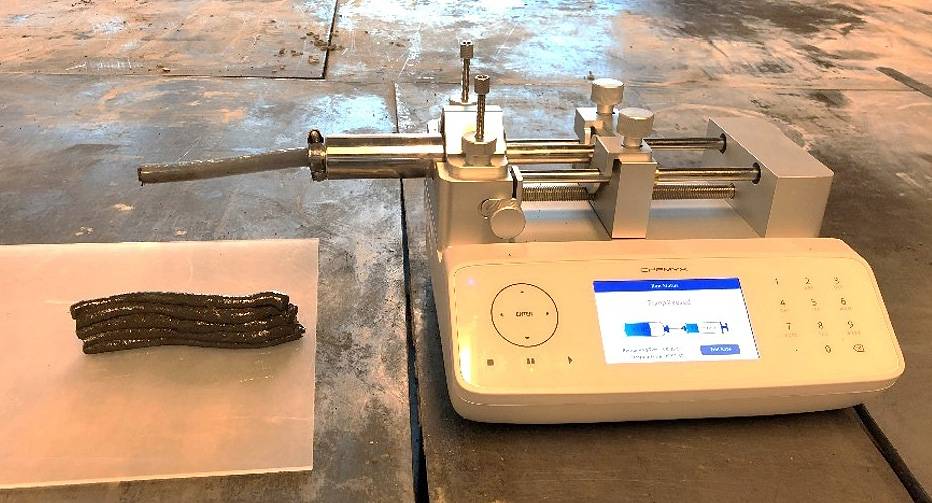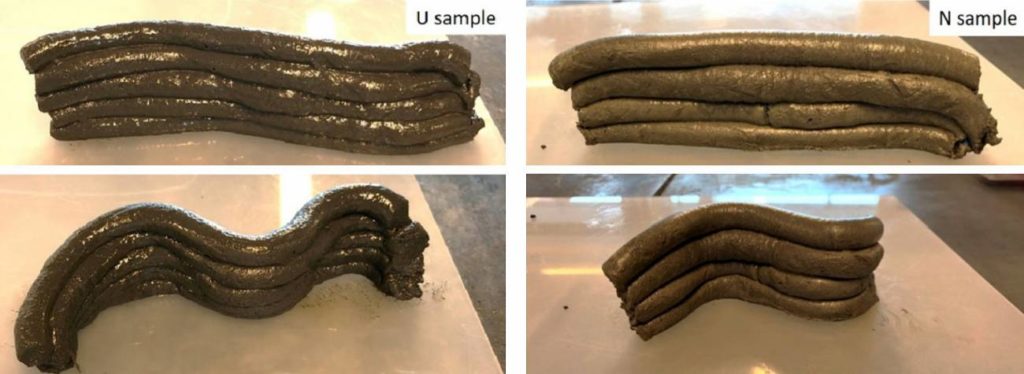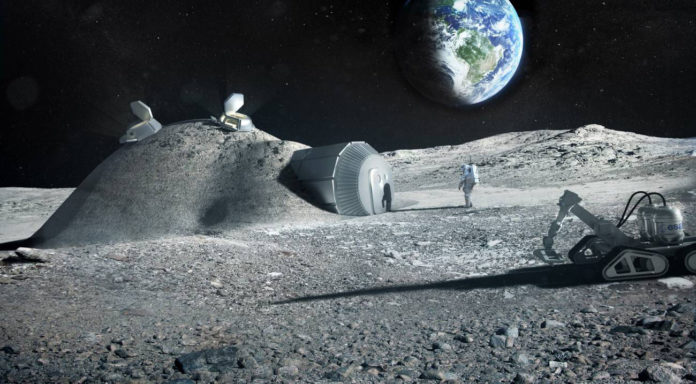To develop material for lunar construction, it is significant to reduce the weight of material that has to be brought in from Earth. Also, transporting about 0.45 kg from the Earth to space costs about $10,000, which means that building a complete module on our satellite in this way would be very expensive.
That’s why space agencies are now planning to use raw materials from the moon’s surface.
Now a new study came out that suggests astronaut’s pee can be used to build some of the first moon bases. Astronaut’s pee could be used as an additive in making concrete for structures to be built on the moon.
Urea is the second most abundant component in the urine. It can break hydrogen bonds, and therefore reduces the viscosities of many aqueous mixtures.
In this study, Scientists from Norway, Spain, the Netherlands, and Italy, in cooperation with ESA, explored the possibility of utilizing urea as a chemical admixture for lunar geopolymers. They conducted several experiments to verify the potential of urine urea as a plasticizer, an additive that can be incorporated into concrete to soften the initial mixture and make it more pliable before it hardens.
Ramón Pamies, a professor at the Polytechnic University of Cartagena (Murcia), said, “To make the geopolymer concrete that will be used on the moon, the idea is to use what is there: regolith (loose material from the moon’s surface) and the water from the ice present in some areas.”

“But moreover, with this study, we have seen that a waste product, such as the urine of the personnel who occupy the moon bases, could also be used. The two main components of this body fluid are water and urea, a molecule that allows the hydrogen bonds to be broken and, therefore, reduces the viscosities of many aqueous mixtures.”
Using a material developed by ESA, which is similar to moon regolith, together with urea and various plasticizers, the scientists, using a 3D printer, have manufactured various ‘mud’ cylinders and compared the results.
The experiments revealed that the samples carrying urea supported heavyweights and remained almost stable in shape. When curing the sample containing urea at 80 °C, the initial setting time became longer.

Anna-Lena Kjøniksen, one of the researchers from the Norwegian university, said, “We have not yet investigated how the urea would be extracted from the urine, as we are assessing whether this would be necessary because perhaps its other components could also be used to form the geopolymer concrete.”
“The actual water in the urine could be used for the mixture, together with that which can be obtained on the Moon, or a combination of both.”
However, further testing is required to find the best building material for the moon bases, where it can be mass-produced using 3D printers.
Journal Reference:
- Utilization of urea as an accessible superplasticizer on the moon for lunar geopolymer mixtures. DOI: 10.1016/j.jclepro.2019.119177
